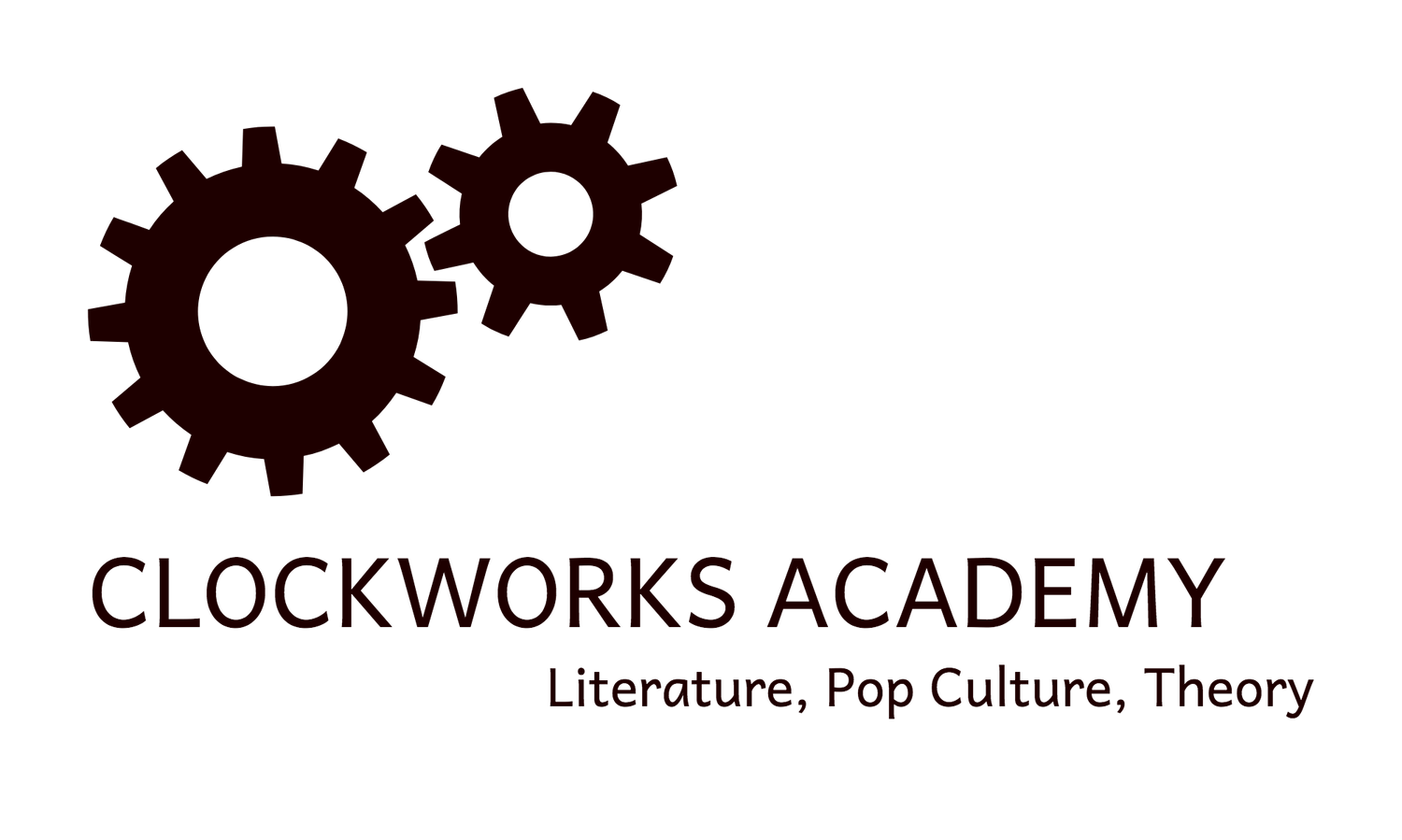Title: Unveiling the Mystique of Bram Stoker's Dracula: Exploring the Genre of Gothic Horror
Enter the shadowy world of Bram Stoker's Dracula, where the line between the living and the undead blurs into a haunting tapestry of horror and desire. As the sun sets and the fog rolls in, prepare to be enthralled by a genre-defining masterpiece that continues to cast its spell over readers more than a century after its inception.
Gothic Roots: Tracing the Origins of Dracula's Genre
Bram Stoker's Dracula didn't emerge from the ether; it was nurtured in the fertile soil of Gothic literature, a genre steeped in mystery, romance, and the macabre. From the decrepit castles of Horace Walpole's The Castle of Otranto to the tortured souls of Emily Brontë's Wuthering Heights, Gothic fiction has long captivated readers with its atmospheric settings and psychological depth.
Take, for example, the iconic castle of Count Dracula itself. With its crumbling stone walls and secret passageways, it embodies the quintessential Gothic trope of the haunted mansion, shrouded in darkness and teeming with unspeakable horrors. By delving into the rich history of Gothic literature, we gain a deeper appreciation for the genre's enduring influence on Stoker's immortal tale.
Monsters and Mythology: Dracula's Evolution as a Literary Icon
At the heart of Bram Stoker's Dracula lies the enigmatic figure of the vampire—a creature of the night who preys upon the living to sustain his unholy existence. Yet Dracula is more than just a bloodthirsty fiend; he is a complex symbol of fear, desire, and forbidden temptation. Over the years, Stoker's creation has undergone countless transformations, evolving from a monstrous predator to a seductive antihero.
Consider the portrayal of Dracula in popular culture, from Bela Lugosi's suave aristocrat to Gary Oldman's tragic romantic in Francis Ford Coppola's cinematic adaptation. Each interpretation offers a unique perspective on the timeless allure of the vampire, blurring the lines between horror and romance in ways that continue to captivate audiences worldwide. By exploring Dracula's evolution as a literary icon, we uncover the enduring power of the monster to both repel and attract.
Legacy of Terror: Dracula's Influence on Modern Horror
More than a century after its publication, Bram Stoker's Dracula continues to cast a long shadow over the landscape of modern horror fiction. From Anne Rice's Interview with the Vampire to Stephenie Meyer's Twilight saga, the legacy of Dracula lives on in the countless vampire tales that have followed in its wake.
Consider the enduring popularity of vampire-themed TV shows like Buffy the Vampire Slayer and True Blood, which owe a debt of gratitude to Stoker's seminal work. By tapping into our primal fears and desires, Dracula has carved out a permanent place in the annals of literary history, inspiring generations of writers to explore the dark side of human nature. As we navigate the shadowy realms of modern horror, we can't help but acknowledge the debt we owe to Bram Stoker's immortal creation.
Ready to sink your teeth into the timeless tale of Bram Stoker's Dracula? Unlock the secrets of this genre-defining masterpiece and explore its enduring legacy with Clockworks Academy's immersive course on Gothic literature. Whether you're a seasoned vampire aficionado or a curious newcomer, our expert instructors will guide you through the labyrinthine depths of Stoker's imagination, revealing the hidden truths lurking within his immortal tale. Don't miss out—register now and embark on a journey that will forever change the way you see monsters, myths, and the power of the written word.

Bram Stoker’s Dracula is both a compelling story and a microcosm of Victorian fixations, hangups, obsessions, anxieties. Dracula has stalked the imagination of both literary and popular culture since its publication in 1897, as attested by its enduring popularity and the scores of adaptations that have been made since. Come read this novel with me, and discover both what is so seductive and what is so repulsive about Dracula.